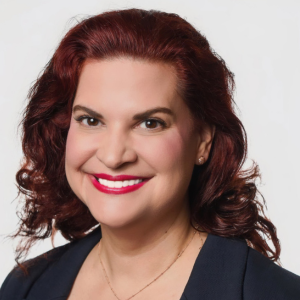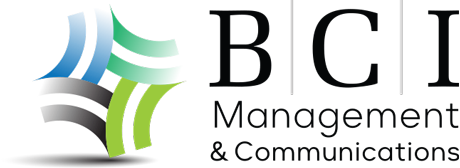Dermoscopy Certification Course
Why Dermoscopy?
Every year, skin cancer rates continue to rise across the globe, affecting millions of lives. Despite advancements in medical technology and diagnostic tools, early detection remains the most critical factor in saving lives. The Dermoscopy Certification Course is your gateway to mastering the art of skin examination. In this course, you will gain invaluable insights into identifying subtle signs of skin cancer and benign lesions enabling you to detect and diagnose with confidence and accuracy.
We will cover essential techniques, including: recognizing dermoscopic patterns, differentiating between benign and malignant lesions, applying diagnostic algorithms, and much more. While surgical interventions and traditional treatments are often necessary, early recognition through dermoscopy allows providers to intervene sooner, improving outcomes and saving lives.
With this course, you’ll develop the expertise to enhance your clinical practice and educate your patients on prevention. Register for the Dermoscopy Certification Course and take the first step toward early intervention and becoming a more confident diagnostician.
Register for the Dermoscopy Course and Receive 20% off a Dermatoscope
Course Curriculum
Intro to Dermoscopy
Richard Usatine, MD
Presentation Objectives
At the conclusion of the presentation the provider should:
1. List how dermoscopy can help in the practice of dermatology
2. Describe features to look for when purchasing a dermatoscope
3. Apply the steps in the TADA algorithm
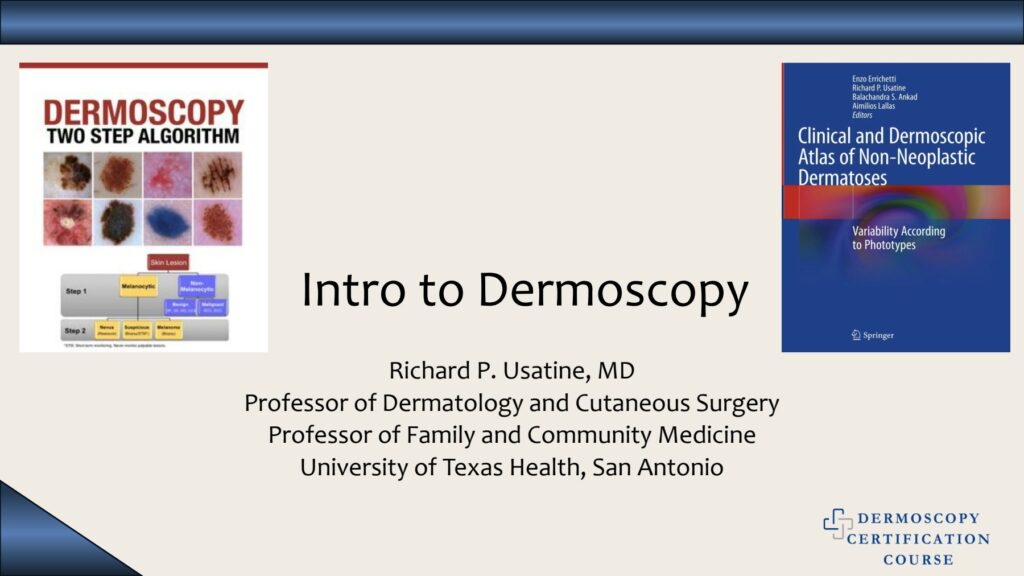
Benign Dermoscopy: Part I
Richard Usatine, MD
Presentation Objectives
At the conclusion of the presentation the provider should:
1. List the dermoscopic features of seborrheic keratoses
2. Describe hairpin vessels seen in inflamed seborrheic keratoses
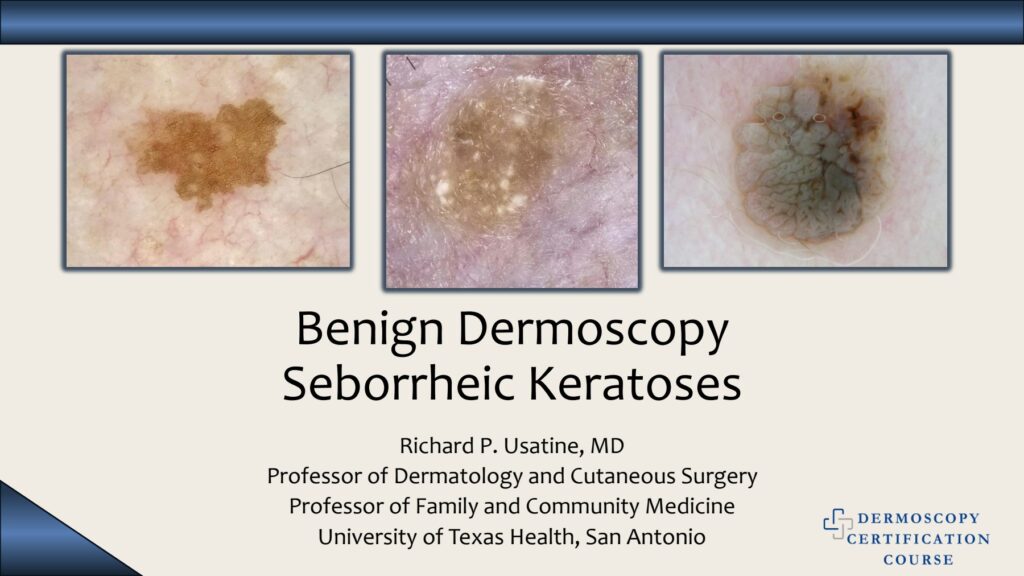
Benign Dermoscopy: Part II
Richard Usatine, MD
Presentation Objectives
At the conclusion of the presentation the provider should:
1. List the dermoscopic features of dermatofibromas, angiomas, sebaceous hyperplasia
2. Describe the dermoscopic patterns of sebaceous hyperplasia and clear cell acanthoma

Dermoscopy Malignant Lesions
Richard Usatine, MD
Presentation Objectives
At the conclusion of the presentation the provider should:
1. List the most common dermoscopic structures found in BCC
2. Describe the melanoma specific structures
3. Describe the vascular patterns in SCC
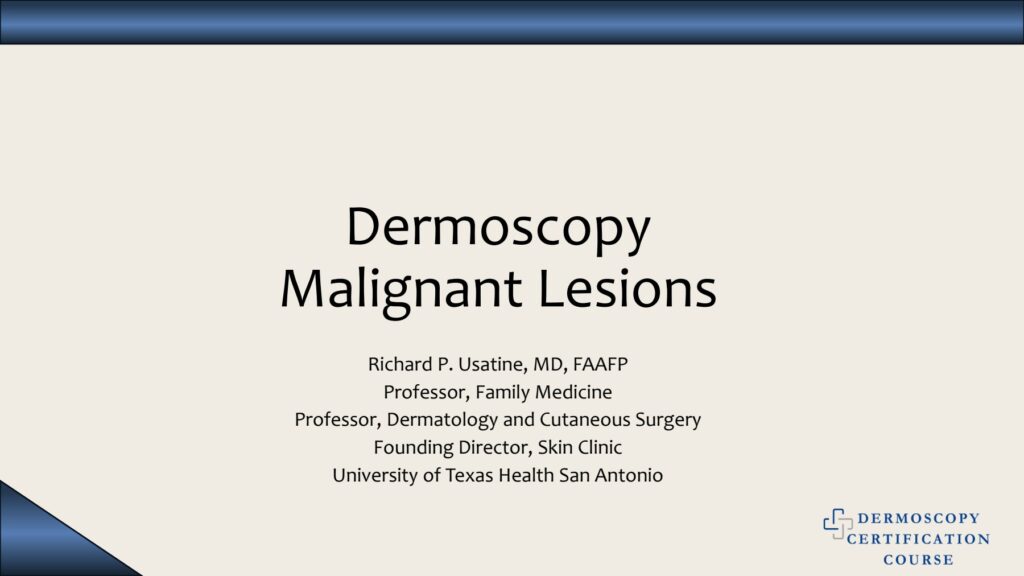
Dermoscopy in Skin of Color
Richard Usatine, MD
Presentation Objectives
At the conclusion of the presentation the provider should:
1. Demonstrate how the same patterns, features and structures in dermoscopy from lighter skin apply to skin of color
2. Discuss the ways in which certain dermatologic lesions may appear different in of skin color
3. Discuss how the parallel ridge pattern on volar skin can be a false positive sign for melanoma in persons of African descent
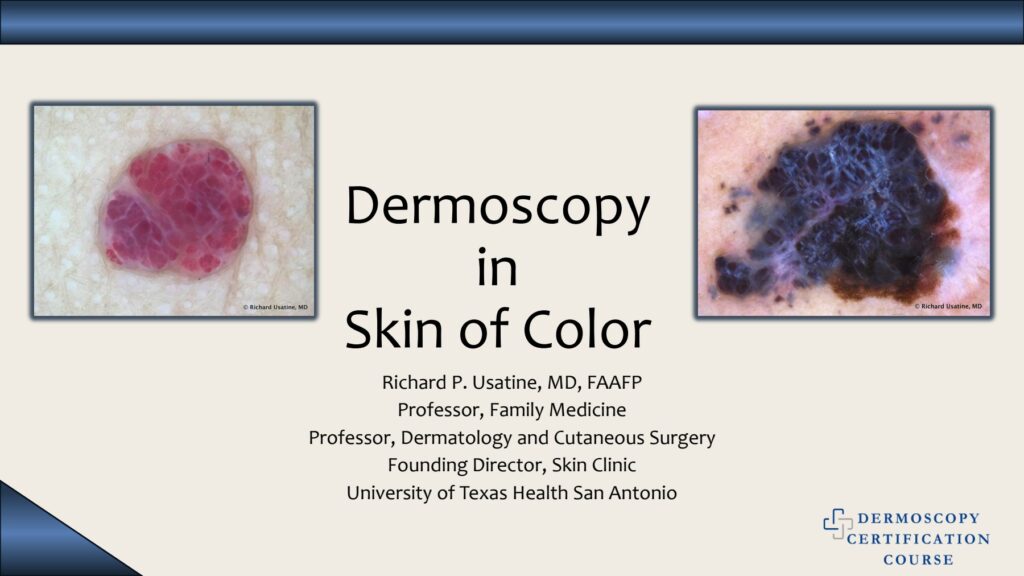
Dermoscopy of the Palms and Soles
Richard Usatine, MD
Presentation Objectives
At the conclusion of the presentation the provider should:
1. Describe the typical patterns of benign acral nevi
2. Describe the importance of the parallel ridge pattern
3. Discuss other patterns seen in acral melanoma
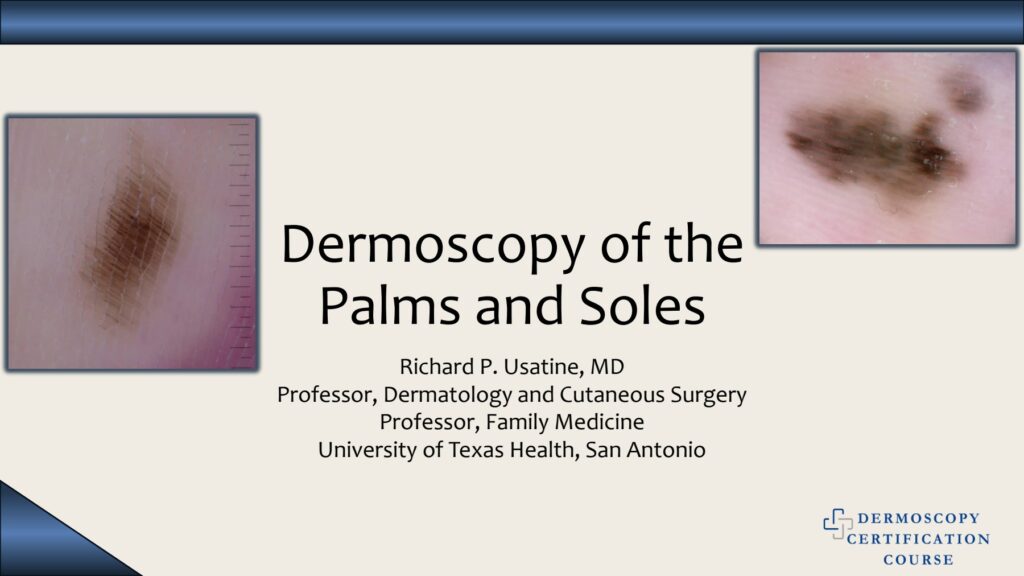
Dermoscopy of the Nails
Richard Usatine, MD
Presentation Objectives
At the conclusion of the presentation the provider should:
1. Describe the typical patterns of benign melanonychia
2. Describe the features of nail melanoma
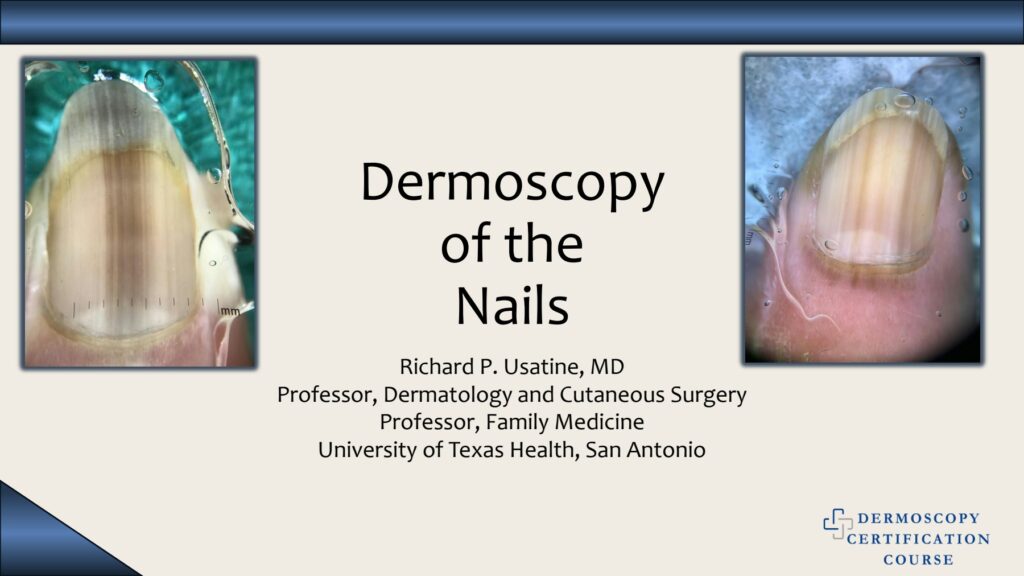
Callus vs. Plantar Dermoscopy
Tracey C. Vlahovic, DPM
Presentation Objectives
At the conclusion of the presentation the provider should:
1. Differentiate calluses vs a wart with dermoscopy
2. Recall the properties of a wart and how it resolves under dermoscopy
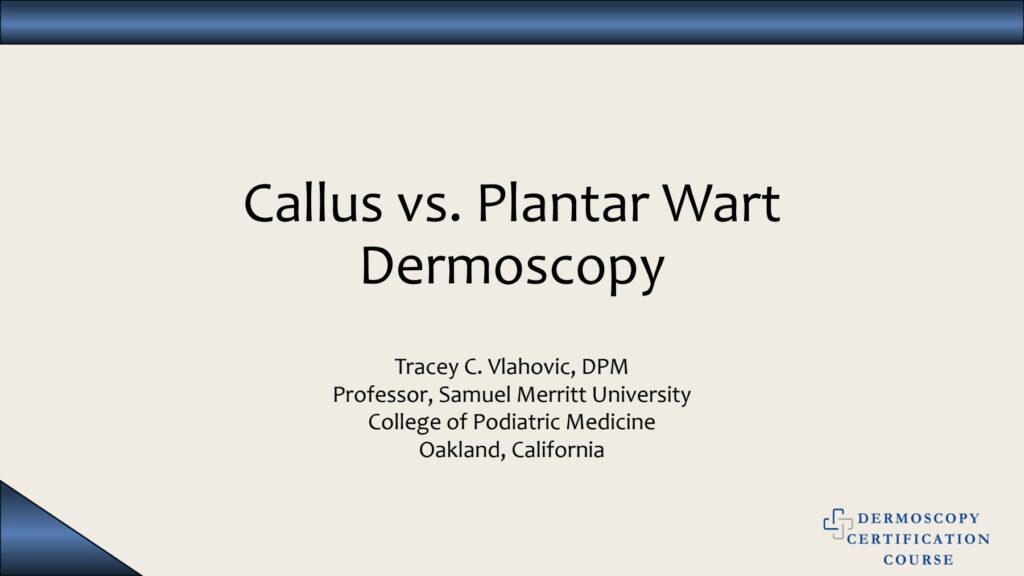
Nail Dermoscopy Diagnosis
Tracey C. Vlahovic, DPM
Presentation Objectives
At the conclusion of the presentation the provider should:
1. Review longitudinal melanonychia
2. Understand the patterns seen in onychomycosis
3. Utilize dermoscopy for other nail dystrophies
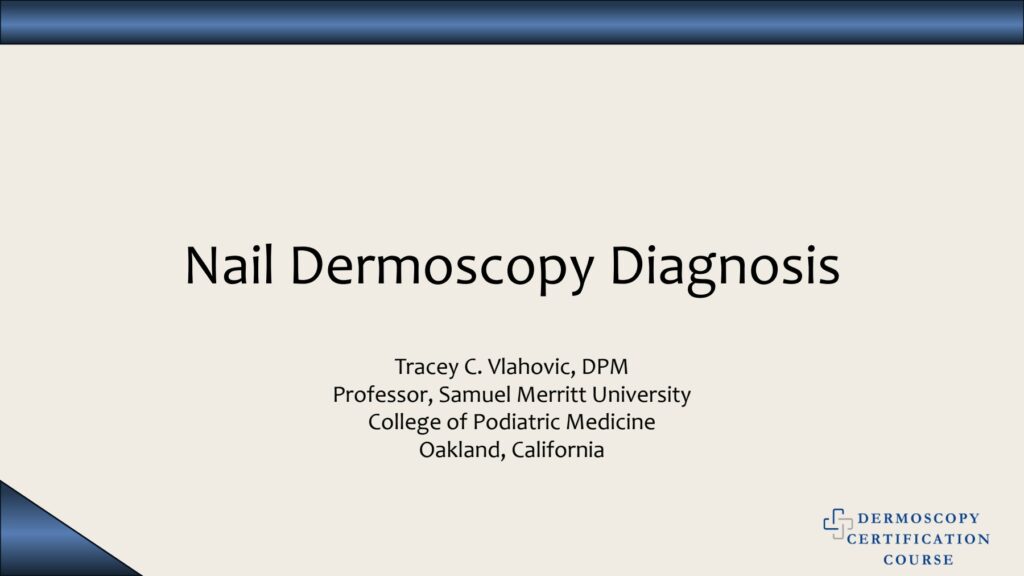
Dermoscopy Plantar Pigmented Lesions
Tracey C. Vlahovic, DPM
Presentation Objectives
At the conclusion of the presentation the provider should:
1. Recognize the plantar lesion patterns for benign nevi
2. Recognize the plantar lesion patterns for acral melanoma
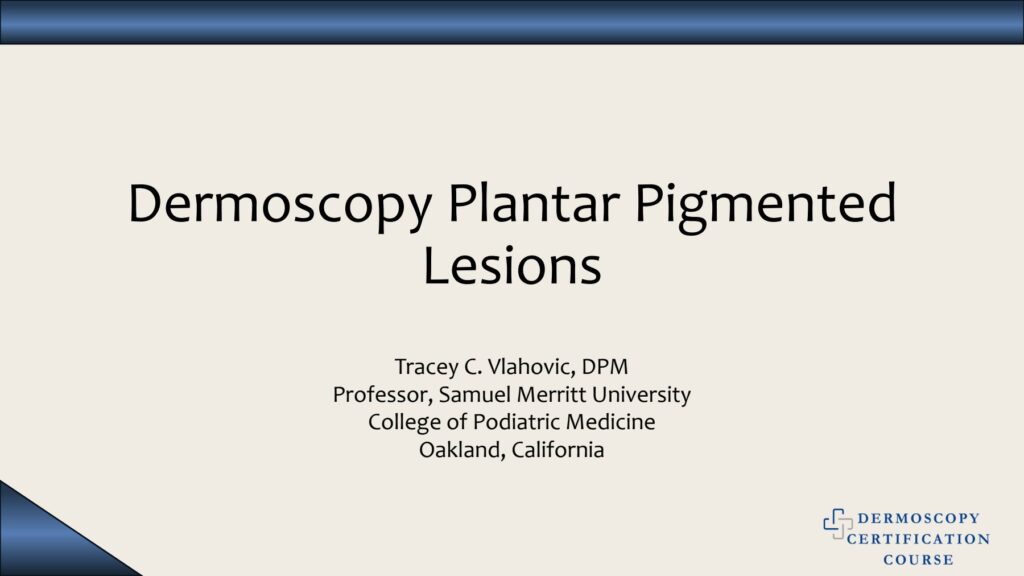
Bonus Dermoscopy Content
Inflammoscopy
Richard Usatine, MD
Presentation Objectives
At the conclusion of the presentation the provider should:
1. Differentiate psoriasis from dermatitis using dermoscopy clues
2. Utilize dermoscopy to help diagnose lichen planus, pityriasis rosea, porokeratosis, and other inflammatory conditions
3. Describe the dermoscopic patterns in various immunologic conditions such as capillaritis, dermatomyositis, and sarcoidosis
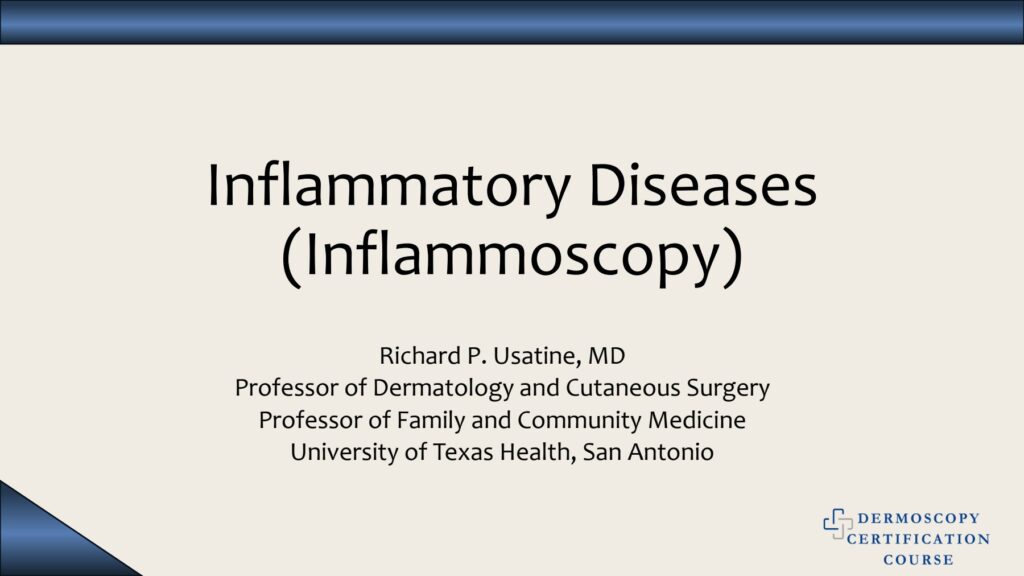
Trichoscopy
Richard Usatine, MD
Presentation Objectives
At the conclusion of the presentation the provider should:
1. Become familiar with trichoscopy patterns of alopecia (non-scarring and scarring)
2. Apply trichoscopy in the clinical setting to decrease the need for scalp biopsy in the diagnosis of alopecia
3. Distinguish tinea with help of trichoscopy from other inflammatory scalp conditions
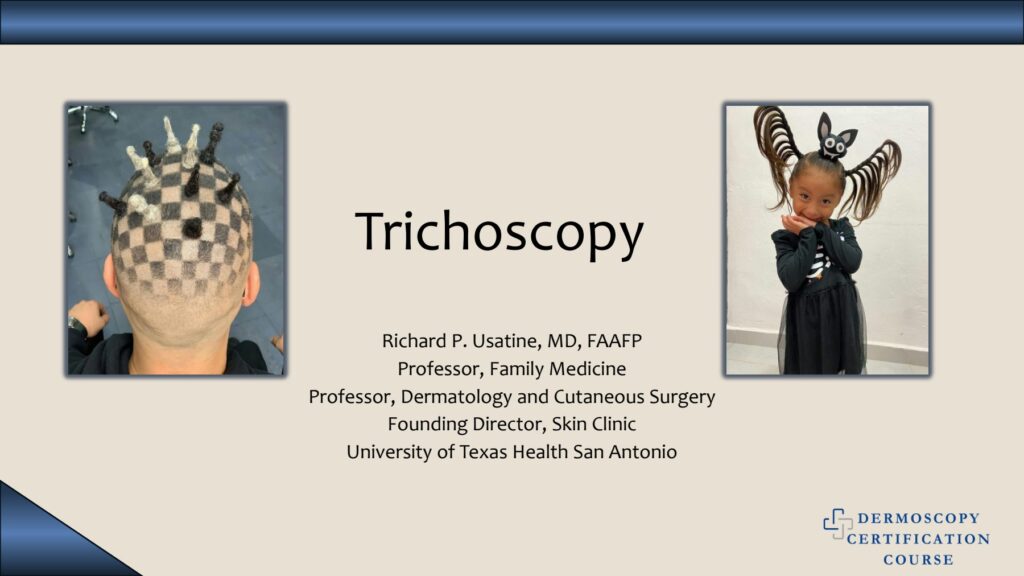
Lentigo Maligna Melanoma
Richard Usatine, MD
Presentation Objectives
At the conclusion of the presentation the provider should:
1. Describe the lentigo maligna progression model
2. Define perifollicular granularity, rhomboidal structures and circle within circle as they relate to the diagnosis of LMM
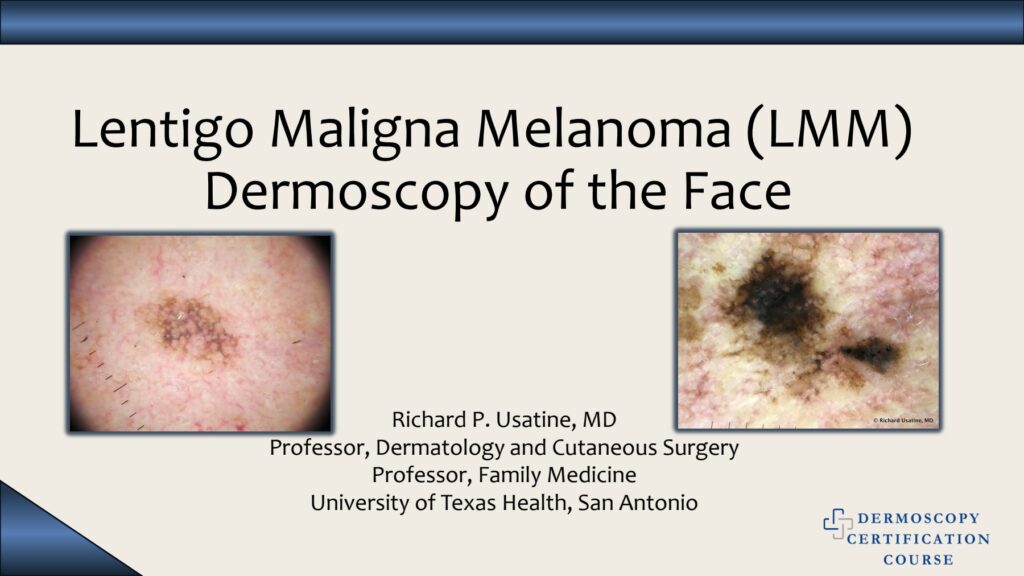
The Speakers:
About Richard Usatine, MD
Dr. Richard Usatine has devoted his career to teaching healthcare providers at all levels and providing compassionate healthcare to underserved and vulnerable populations. He is a Professor of Family Medicine and Dermatology and Cutaneous Surgery at University of Texas Health, San Antonio. He is a co-author of 12 books and the lead author of 9 books including two editions of “Dermatological Procedures in Office Practice” and 3 editions of the “Color Atlas of Family Medicine”. He has published over 200 journal articles and invited chapters. His clinical photography has been used in many books, monographs, journal articles and educational websites (including VisualDx and the American Cancer Society).

About Tracey C. Vlahovic, DPM FFPM RCPS
Dr. Tracey C. Vlahovic, DPM FFPM RCPS (Glasg) is an Associate Professor and J. Stanley and Pearl Landau Faculty Fellow at the Temple University School of Podiatric Medicine in Philadelphia, PA. She is board certified by the American Board of Podiatric Surgery. She has authored several articles in peer-reviewed journals and is involved in multiple clinical research trials for various dermatological therapies and devices. Dr. Vlahovic has received numerous awards including Faculty of the Year, Clinician of the Year and Teacher of the Year.
